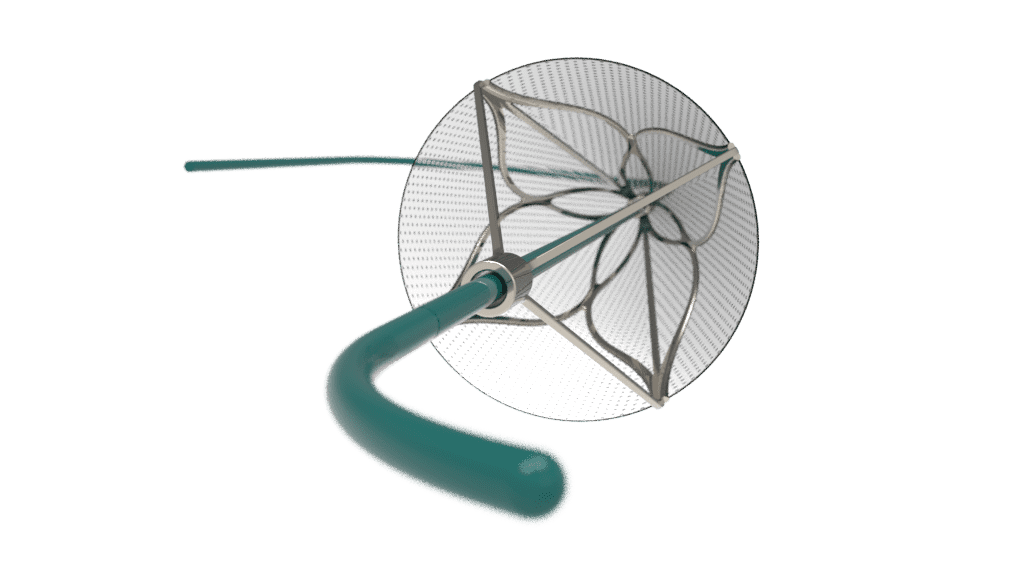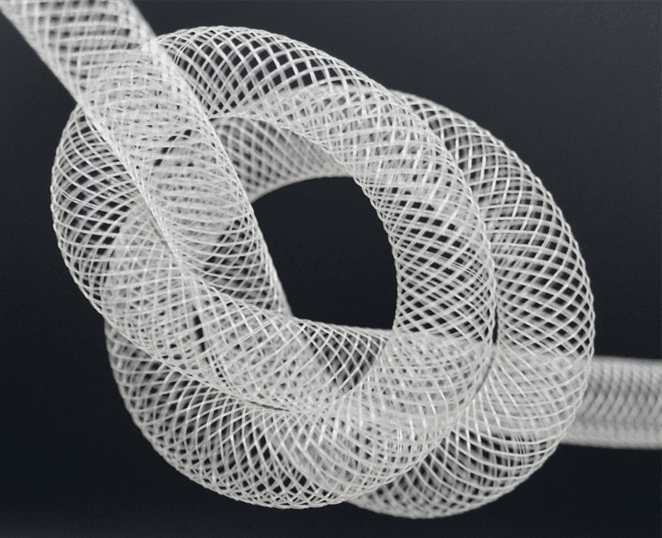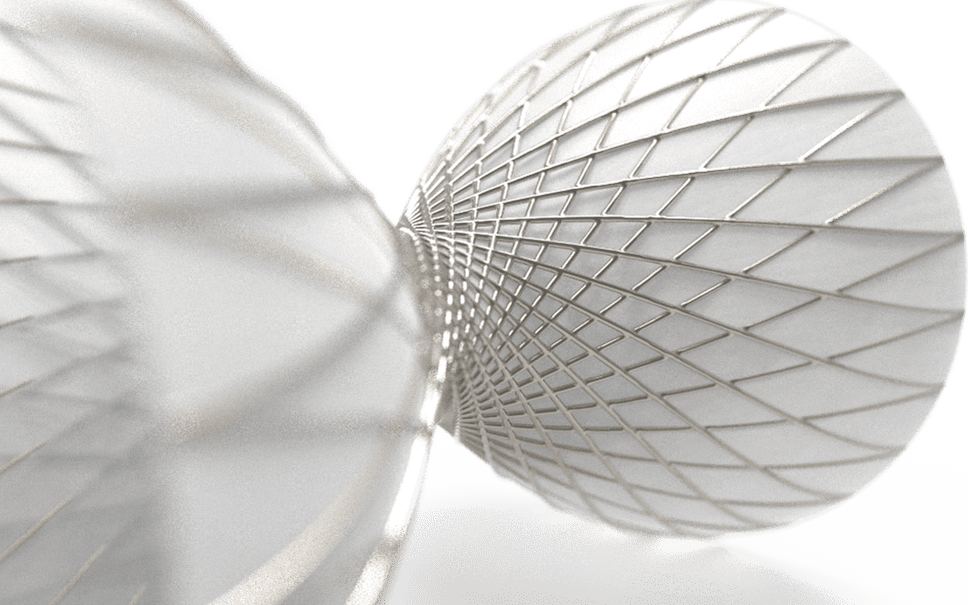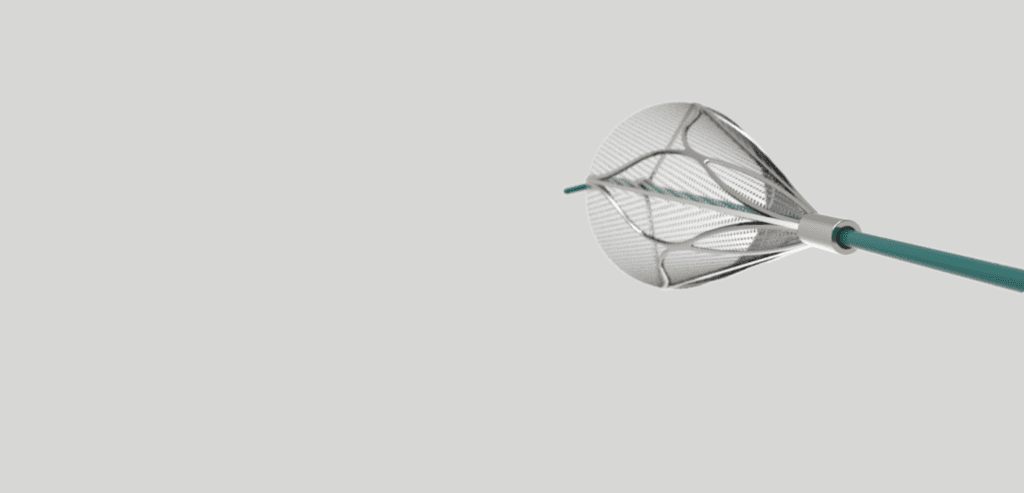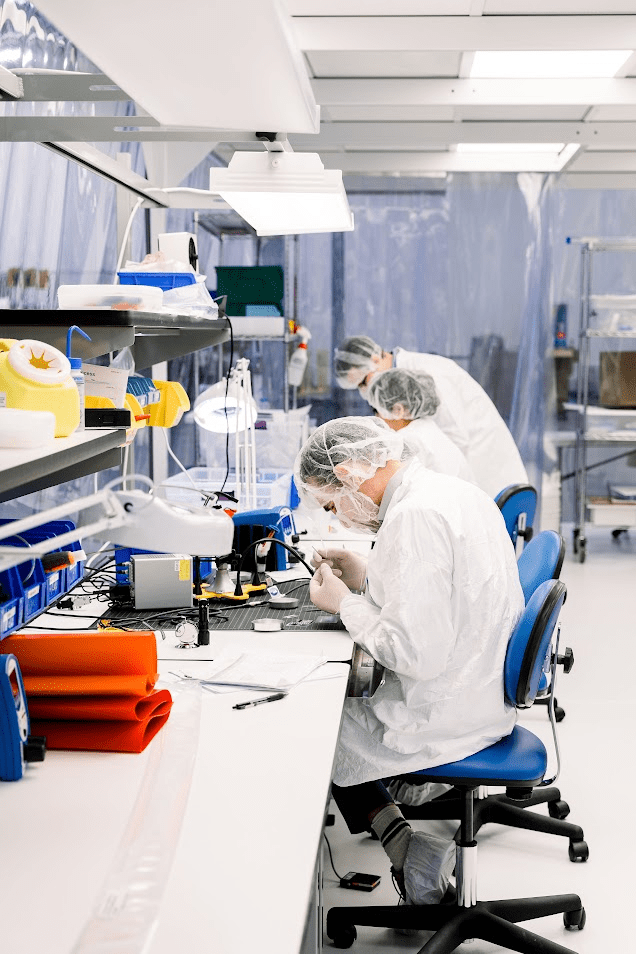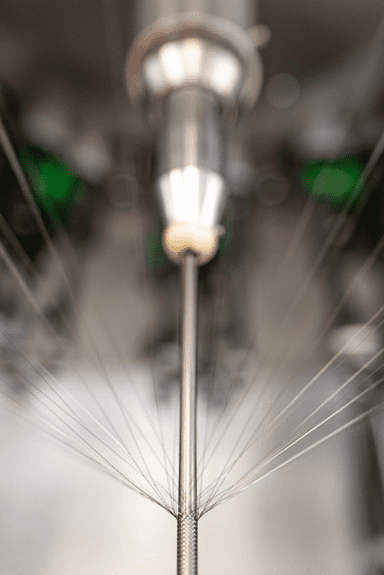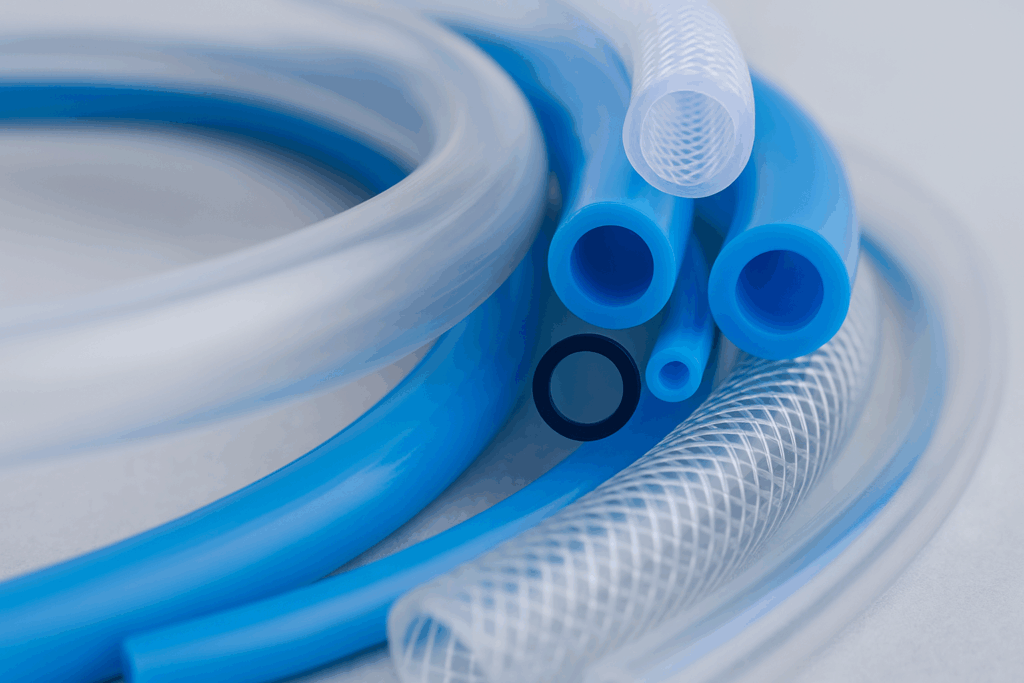Blog
What Happens After Capture?
Embolic filters protect downstream vessels while thrombectomy devices actively remove clots, but both face the same engineering challenge: capturing debris is only step one. The true test of a device is what happens after the material is captured. What happens after material is captured ultimately determines whether a device is safe, effective, and clinically successful.…
Read MoreAdvanced Braiding Techniques for Interventional Devices
Braiding is a core technique in many interventional medical devices. Most people know braiding from its role in reinforcing catheter shafts, but it also plays a critical role in devices like thrombectomy tools, embolic filters, septal occluders, left atrial appendage (LAA) implants, and even some stents. The braid pattern and material choice have a big…
Read MoreManufacturing Spotlight: Covered Stents and Frames for High Impact Procedures
Covered stents, stent-grafts, and valved frames are at the center of today’s most advanced interventional and structural heart therapies. These devices pair precise metallic scaffolds with the performance of engineered polymer coverings, to repair, reinforce, or replace vessels and ducts in high-risk cardiovascular, endovascular, and non-vascular procedures. From EVAR and TEVAR systems to tricuspid valves,…
Read MoreThe Future of FemTech: Implantables, Catheters, & Delivery Systems
Women’s health is finally getting the innovation it deserves, with investment shifting from apps and wellness to advanced medical devices that solve long-standing clinical problems. For companies experienced in catheters, implants, and interventional systems, the next generation of women’s health devices will rely on material science, manufacturing control, and miniaturized mechanics to make care safer,…
Read MoreWhy More Medtech Companies Are Manufacturing in Illinois
California has long been a hub of medtech innovation. Many of the world’s best ideas, technologies, and companies were born there. But as organizations move from R&D to large-scale manufacturing, many are expanding beyond California, and Illinois has emerged as a compelling destination. 1. Cost Advantages 2. Logistics & Distribution 3. Skilled Workforce 4. Central…
Read MoreDesign Considerations for Embolic Filters
Embolic filters protect patients from harmful debris (emboli) that can travel through the bloodstream during or after medical procedures. These devices are designed to capture clots, plaque, or calcific particles before they can reach critical organs such as the brain, heart, or lungs. Types of Embolic Filters Single-Use Filters Implantable Filters Use: Temporary use during…
Read MoreISO 13485: The Foundation for Safe, Scalable Device Development
When people hear “ISO 13485 certified,” they often think of it as a stamp of approval or a box to check for audits. But it’s much more than that. ISO 13485 sets the foundation for building medical devices that are safe, consistent, and ready to grow from early prototypes to large-scale manufacturing. At Medical Murray,…
Read MoreOptimizing Catheter Braiding for Flexibility and Control
For many next-generation minimally invasive devices, braided catheter shafts are at the heart of performance. The way a catheter bends, rotates, and resists kinking inside the body isn’t random. It’s the result of very deliberate design and manufacturing choices. At Medical Murray, we work with engineers and device developers to fine-tune braiding techniques that help…
Read MoreDeveloping and Manufacturing Imaging Catheters
Imaging catheters are critical tools in modern medicine, enabling physicians to see inside the body with high precision. These medical devices integrate advanced optics, electronics, and catheter engineering to provide real-time visualization and guidance during diagnostic and interventional procedures. Applications span cardiology, neurology, gastroenterology, urology, and more. At Medical Murray, we have experience supporting the…
Read MoreChoosing the Right Polymers for Soft Tissue Implants: ePTFE, PET, TPU, Bioabsorbable, and More
When developing implantable medical devices for soft tissue applications (vascular, gastrointestinal, urology, and more), one of the earliest and most critical decisions is selecting the right polymer material. The polymer you choose directly impacts biocompatibility, mechanical performance, and even regulatory approval timelines. And in many designs, the polymer needs to work in tandem with metallic…
Read More
